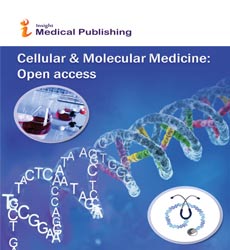Abstract
Models of Human Pluripotent Stem Cells
For both target identification and drug discovery, it is critical to develop relevant and robust models for neurological illnesses. Glial cells' noncell autonomous effects on neurons have been documented in a wide spectrum of neurodegenerative and neurodevelopmental disorders, suggesting that neuroglial interactions might be a new therapeutic target. Surprisingly, the recent breakthrough finding of human induced pluripotent stem cells (hiPSCs) has paved the way for "in a dish" research into neurological and neurodevelopmental problems. Stem cells are undifferentiated or partly differentiated cells in multicellular animals that may specialise into many types of cells and multiply endlessly to create additional stem cells. In a cell lineage, they are the earliest form of cell. They can be present in both embryonic and adult organisms, although their characteristics differ slightly. Progenitor cells, which cannot divide endlessly, and precursor or blast cells, which are normally dedicated to developing into one cell type, are commonly distinguished. We present a brief review of current work researching neuroglial interactions using hiPSCs in a pathogenic setting, as well as a brief synthesis of recent work investigating neuroglial interactions using hiPSCs.
Author(s):
Samuel Riley
Abstract | PDF
Share this

Google scholar citation report
Citations : 187
Cellular & Molecular Medicine: Open access received 187 citations as per google scholar report
Abstracted/Indexed in
- Google Scholar
- China National Knowledge Infrastructure (CNKI)
- Cosmos IF
- Geneva Foundation for Medical Education and Research
- Secret Search Engine Labs
Open Access Journals
- Aquaculture & Veterinary Science
- Chemistry & Chemical Sciences
- Clinical Sciences
- Engineering
- General Science
- Genetics & Molecular Biology
- Health Care & Nursing
- Immunology & Microbiology
- Materials Science
- Mathematics & Physics
- Medical Sciences
- Neurology & Psychiatry
- Oncology & Cancer Science
- Pharmaceutical Sciences

